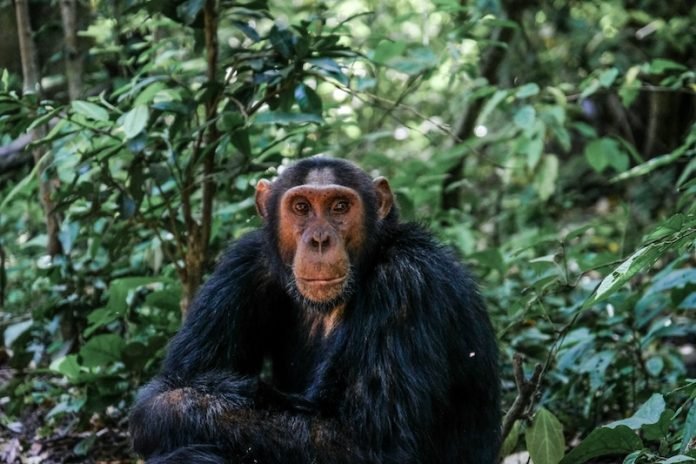
Imagine a world where laughter and playfulness aren’t just human traits but are shared across some of the animal kingdom’s most intelligent beings.
This isn’t a fantasy; it’s the reality uncovered by a group of scientists who have found that even babies as young as eight months old know how to tease playfully, without needing words to express themselves.
This fascinating behavior isn’t exclusive to humans. It turns out that our closest relatives in the animal world, the great apes, are also masters of playful teasing.
A team of researchers from prestigious institutions across the globe, including the University of California Los Angeles and the Max Planck Institute of Animal Behavior, delved deep into the social interactions of four species of great apes: orangutans, chimpanzees, bonobos, and gorillas.
Their findings reveal that these apes engage in teasing that’s strikingly similar to human joking – it’s all about provoking, surprising, and playing.
This discovery suggests that the roots of humor go way back, at least 13 million years, to the ancestors we share with these apes.
Teasing and joking are crucial for human interactions, relying on our ability to understand others and predict future actions.
Even before they can speak, babies show they’re capable of teasing by playfully offering and then pulling away objects, breaking social norms, or interrupting what others are doing.
These actions are not just for fun; they’re early signs of social intelligence and a precursor to the more complex humor we enjoy as adults.
The researchers studied spontaneous moments where the apes seemed to be teasing each other – through gestures, facial expressions, or playful provocations.
They looked for signs that the apes meant to tease: aiming their actions at a specific individual, persisting in their behavior, and waiting for a reaction.
And indeed, the apes showed they could be quite the pranksters, engaging in a variety of teasing behaviors, often to catch the attention or elicit a response from their peers.
Unlike human play, which is often reciprocal, ape teasing is usually a one-way street. The teaser dominates the interaction, and play signals like smiles or gestures that say “I’m just playing” are rare.
This teasing typically happens when the apes are relaxed and mirrors how children tease, with one-sided provocations, waiting for reactions, repetition, and surprises.
These findings are not entirely new to science. Jane Goodall and other field primatologists have observed similar behaviors in chimpanzees.
However, this study is the first to examine playful teasing systematically across the great ape species.
It suggests that such behavior, along with the cognitive skills it requires, likely existed in the last common ancestor we share with these apes, shining a light on the deep evolutionary roots of humor and social play.
By highlighting the playful teasing in apes, the researchers not only provide insights into the evolution of humor and social interaction but also remind us of the close ties we share with our primate cousins.
This understanding underscores the importance of protecting these endangered species, ensuring that future generations can continue to learn from them and appreciate the rich tapestry of life on our planet.
The research findings can be found in Proceedings of the Royal Society B: Biological Sciences.
Copyright © 2024 Knowridge Science Report. All rights reserved.



